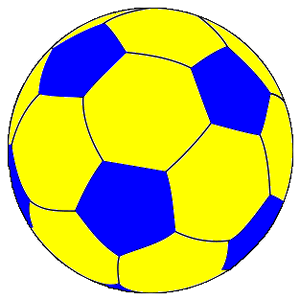 Ukrainian football is, by modern standards, a very young thing indeed. The country only gained independence from the Soviet Union in December of 1991, so it’s no exaggeration to say that the Ukrainians haven’t enjoyed the same sort of exposure on the international stage as most other European nations. That’s not to say that football was a foreign concept to people in Ukraine, of course. They still played the game when they were part of the Soviet Union but didn’t enjoy the same freedom that they do now.
Ukrainian football is, by modern standards, a very young thing indeed. The country only gained independence from the Soviet Union in December of 1991, so it’s no exaggeration to say that the Ukrainians haven’t enjoyed the same sort of exposure on the international stage as most other European nations. That’s not to say that football was a foreign concept to people in Ukraine, of course. They still played the game when they were part of the Soviet Union but didn’t enjoy the same freedom that they do now.
Since the country gained independence their performance in international football has been something of a mixed bag. They were not granted a place in the 1994 World Cup by FIFA and failed to qualify for the tournament in 1998 and 2002. Yet in 2006 they made it through to the quarter-final stage before being beaten 3-0 by the eventual winners Italy. This was followed up by a failure to qualify twice more in 2010 and 2014.
Their performances in the European Championship have been equally poor. They did not qualify for the first tournament that they were eligible to enter as a their own nation in 1996, following that up with aborted attempts to qualify in 2000, 2004 and 2008. They qualified for the 2012 tournament automatically as a co-host nation with Poland, but they failed to get out of the group stage. This failure was repeated in 2016, when they lost all three of their group games.
The frustration with the national team for most Ukrainians is that they flatter to deceive. The country has been blessed with a number of excellent players over the years, most notably their top-scorer Andriy Schevchenko. Modern day Ukraine contains players reasonably well-known, such as Andriy Yarmolenko and Yevhen Konoplyanka, yet they continue to be weighed down by the disappointment of the country’s limited history.
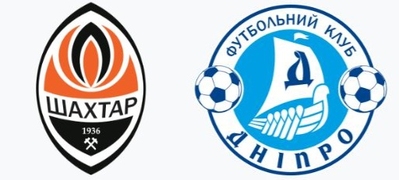
When it comes to the country’s domestic teams there is at least a little something more to talk about. Though no Ukrainian team has yet reached the final of the European Cup, not even since it was re-branded as the Champions League, they have had two teams reach the final of the current format of the UEFA Cup, the Europa League. Shakhtar Donetsk beat Werder Bremen to win it in 2009 and Dnipro Dnipropetrovsk narrowly lost out to Sevilla in a 3-2 thriller in 2015.
Ukraine’s footballing history as an independent nation is short, but there’s still so much to learn. Here we’ll inform you about the sort of stadiums you could expect to find were you to visit this part of Eastern Europe and we’ll also tell you about the league system in this former Russian satellite state. On top of that we’ll give you a bit more information about the national side and fill you in on how football came to be played in the land of borshch, Chernobyl, and the Klitschko brothers.
Ukrainian Stadiums
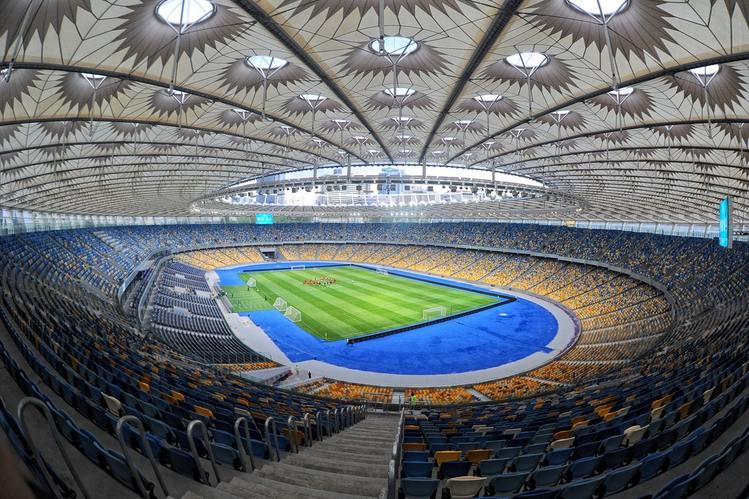
Football is the most popular sport in Ukraine and this is reflected in the stadiums that have been built there in recent times. There are a good number of grounds with large capacities, not least of which is the Olimpiyskiy in Kyiv. That can house over 70,000 supporters and is the largest in the country.
There are over fifteen stadiums with capacities in excess of 20,000 as well as pretty much the same number again that can cope with more than 10,000 fans entering them. The nature of the way football works in Ukraine means that teams have to declare their home stadium at the start of the season and the grounds are then graded according to what they’re like. There are two UEFA Elite level stadiums in Ukraine; namely the aforementioned Olimpiysky National Sports Complex and the Donbass Arena.
Ukrainian Leagues

There are three professional leagues in Ukraine.
The top-flight is the Premyer Liha, or the Ukrainian Premier League. Below that is the First League, otherwise known as the Persha Liha, with the last professional level being the Second League or Druha Liha. There are twelve teams in the top-flight and eighteen teams in each of the leagues below it.
After that there are another four levels to the Ukrainian football league pyramid.
The first is the National Amateur Level, or Amatory. The number of teams competing here is constantly evolving. They come from the Regional Oblast First level, which is itself fed into from numerous regional and district levels. The top three leagues are linked together by a system of promotion and relegation similar to that found in most countries.
Ukraine National Team
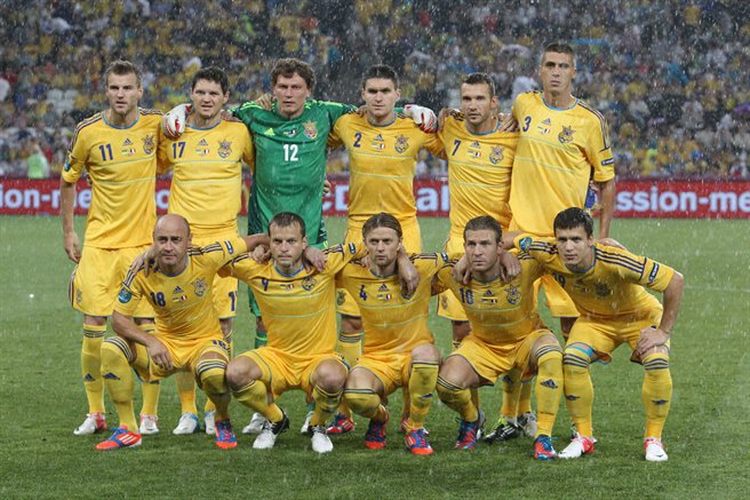
The record books declare that Ukraine was formed as an independent footballing nation in 1991 and have enjoyed limited success since then. The glory of the Soviet Union that Ukraine was a part of is given over in its entirety to modern day Russia. This is distinctly unfair, ignoring the influence of Ukrainian players in the Russian Empire’s previous wins on the international stage.
It’s not just the Soviet Union that benefitted from the ability of Ukrainian players, either. In the aftermath of World War I the borders of Europe were redrawn and the majority of the West of Ukraine became part of the Polish state, with parts the rest falling under the rule of Czechoslovakia and Romania. One curio of football in Ukraine occurred in 1933 when a Turkish team beat the Soviet Union 2-1. On their way home they were challenged to a re-match by a team composed entirely of Ukrainian players. One of them, Konstantin Shegodksiy, scored a hat-trick which gave the ‘National team of Ukraine’, as it was billed, a 3-2 win.
Key Stats
| Ukraine National Team Statistics | |
|---|---|
| Year Formed | 1992 |
| Home Stadium | Olimpiyskiy Stadium |
| Stadium Capacity | 70,050 |
| Major Honours | None |
| Current Manager | Andriy Shevchenko |
| Top Scorer | Andriy Shevchenko (48) |
| Most Caps | Anatoliy Tymoshchuk (144) |
| Best Performance at World Cup | Quarter-Final (2006) |
| Best Performance at European Championships | Group Stage (2012, 2016) |
| Kit Colours | Yellow with Blue (Home), Blue with Yellow (Away) |
History Of Football In Ukraine
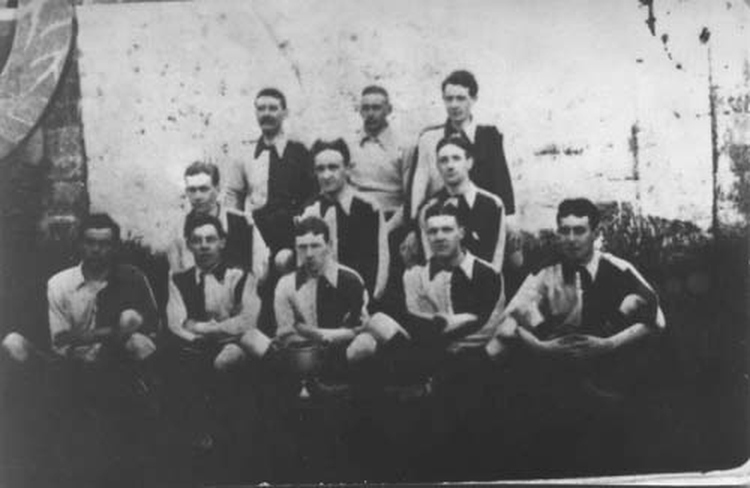
If you’ve read any of our other guides to football in the various countries around the world then you’ll know what’s coming next. As is the case with virtually every country around Europe, football was introduced to Ukraine by British soldiers, merchants, and businessmen. The game was played by British sailors in the country as early as in the 1860s. The first football club was formed in the country in 1878 when Englishmen in the city of Odessa got together and formed the Odessa British Athletic Club. In 1884 the same people built the country’s first ever football pitch, too.
As was so often the case, it took some time for the game to spread to the locals. It was viewed with scepticism by a people that had never seen it played before, but it wasn’t long before the natural lure of football swept through the country. The country’s first documented football match occurred in Lviv in 1894 when a local team played against a team from Krakow. Amusingly, the referee had to call the match off midway through the first-half because a gymnastics competition was due to take place in the stadium in which the match was being played. Lviv was also the location for the country’s first league was played, though it was only a city-wide affair featuring local teams.
